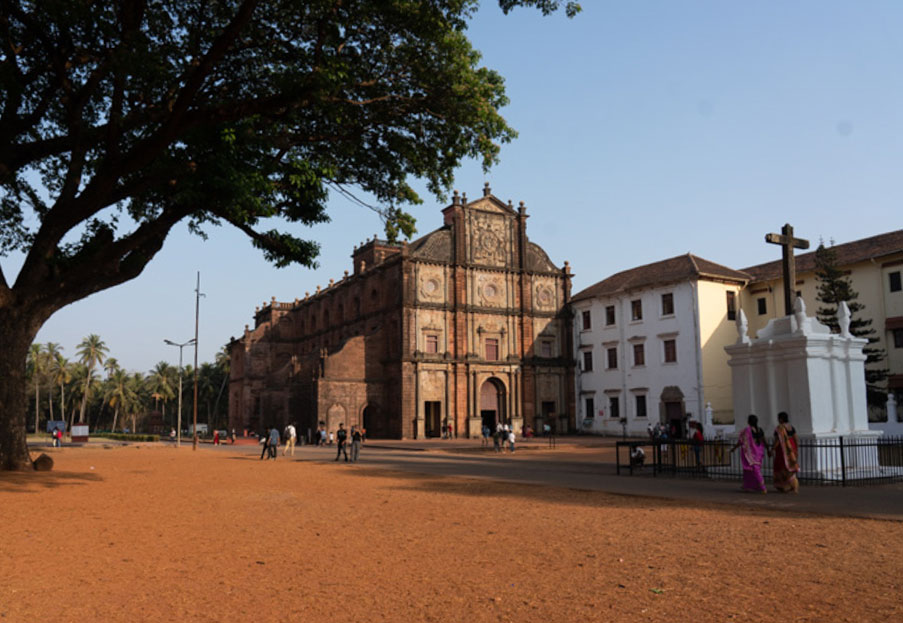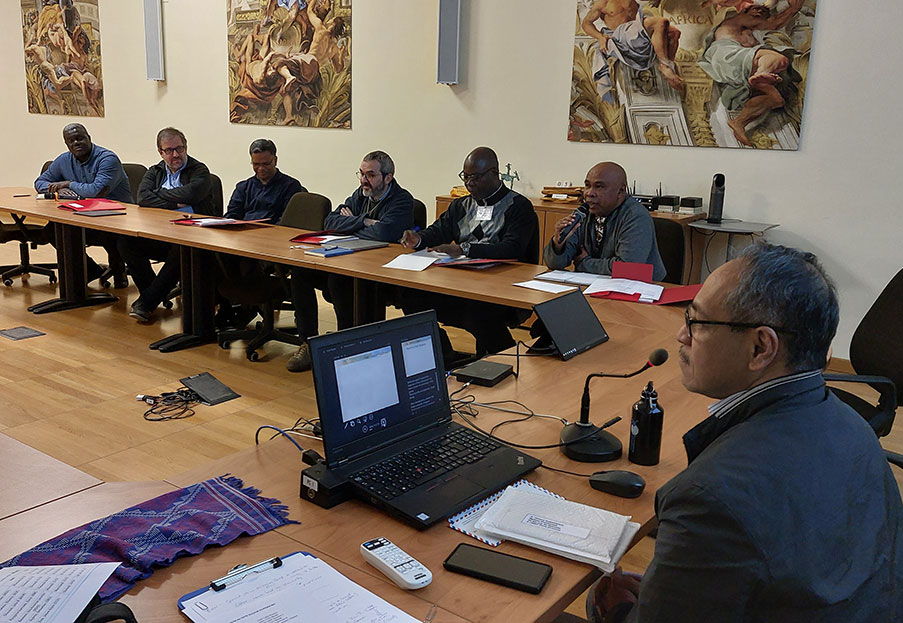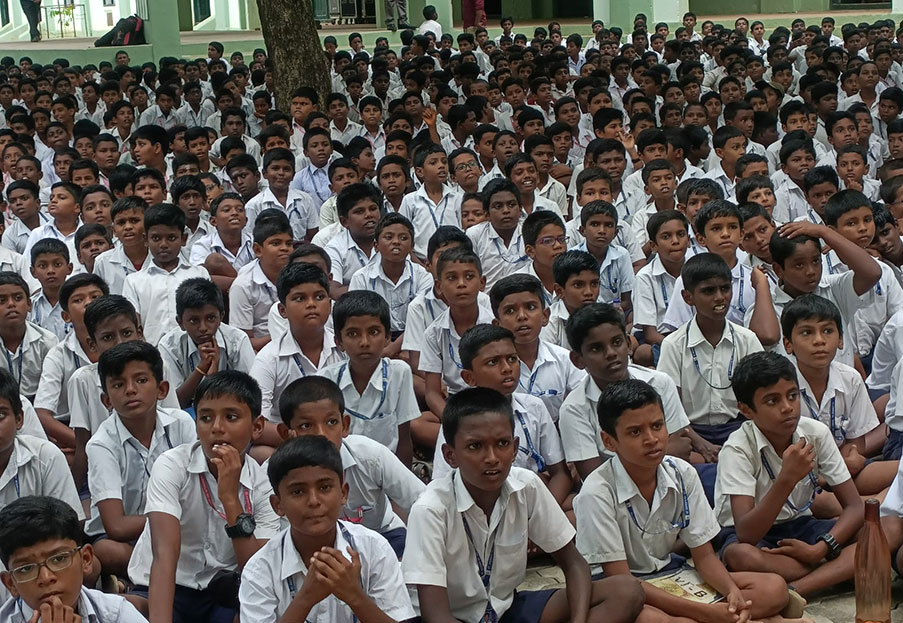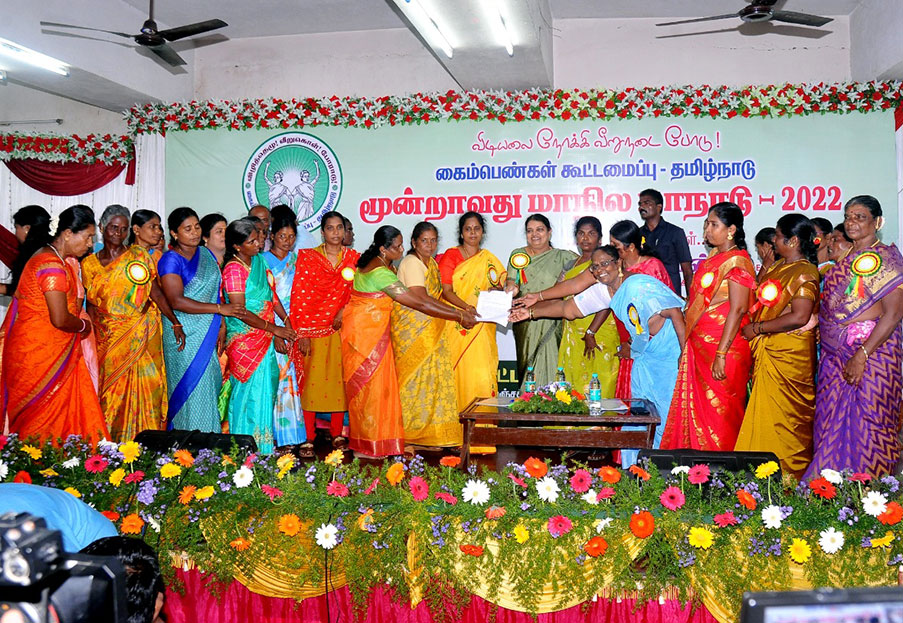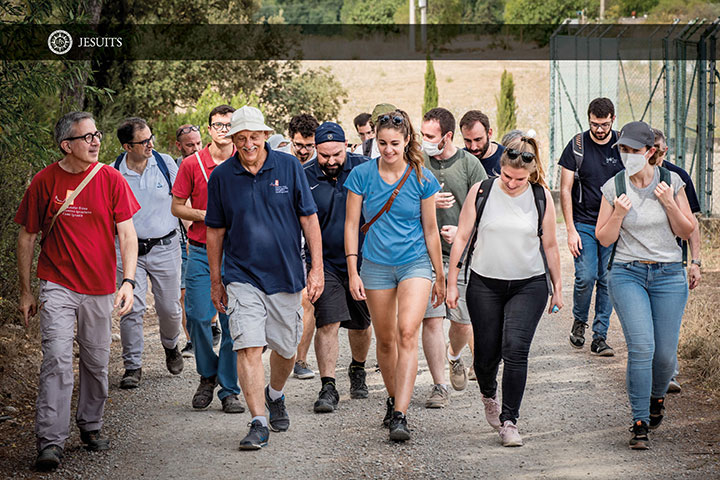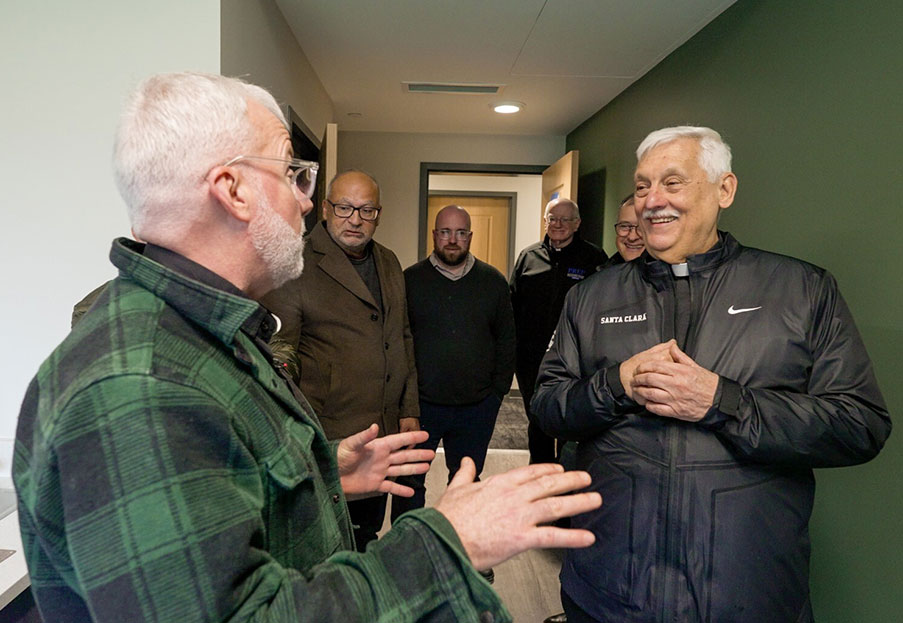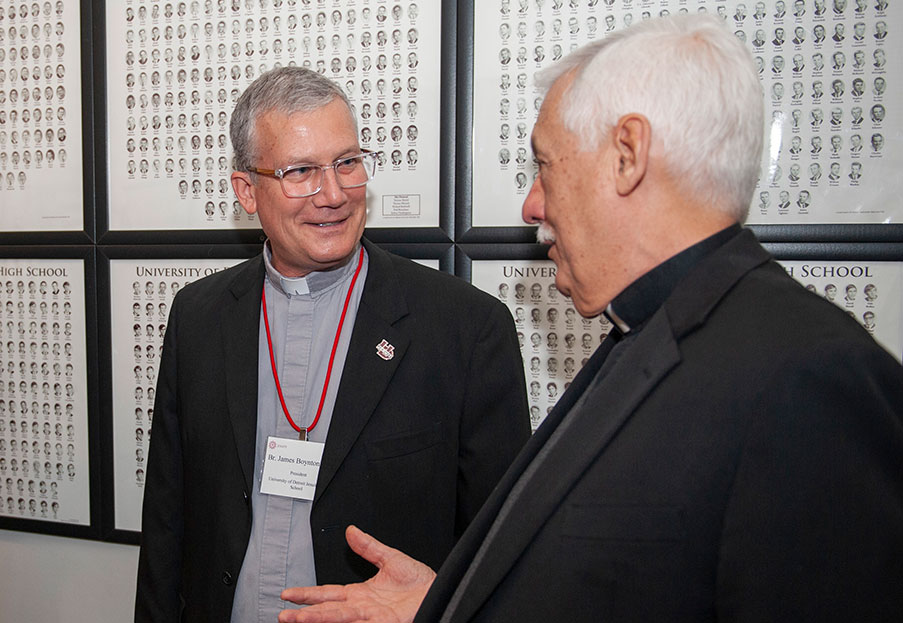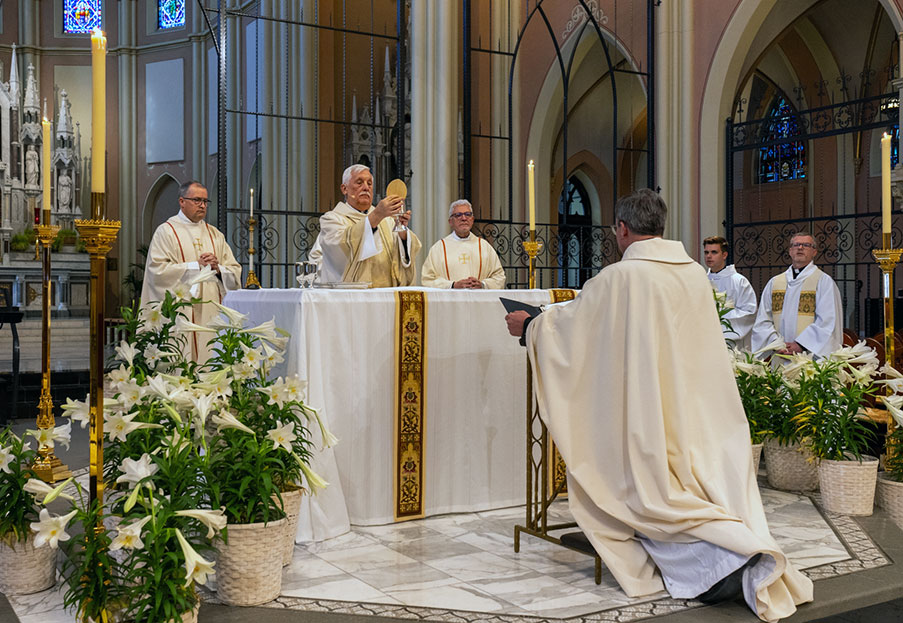Standing on the shoulders of giants
Vinayak Jadav, SJ - Gujarat Province
[From
“Jesuits 2023 - The Society of Jesus in the world”]
How the Spanish missionaries of Gujarat foresaw the Apostolic Preferences of today.
The Gujarat Jesuit Province celebrated in 2021 the centenary of the arrival of their Spanish missionaries. These Jesuits anticipated the recent Universal Apostolic Preferences (UAPs) and, in over the hundred years of their missionary life, advocated them continuously in Gujarat, western India.
The Catholic Church of Gujarat is 130 years old. Its first baptisms took place in 1891 and 1893. Initially the diocesan clergy of the Bombay vicariate took care of these new-born Catholics, but soon enough the Swiss and German Jesuits of the Apostolic Mission of Bombay took over.
Their ministry lasted until 1914. With the
outbreak of the First World War, India being then a British colony, all the
German Jesuits were interned, and then expatriated. How was this crisis
resolved?
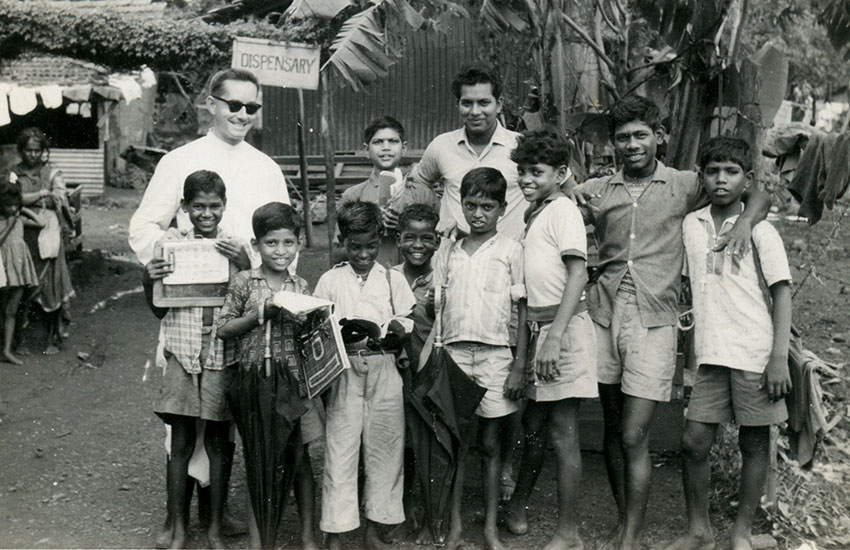
The Spanish missionaries arrive
The then Superior General Father Ledochowski ordered the Spanish Jesuits who were en route to their mission in the Philippines, to change course and turn towards Gujarat. Thus did the first Spanish Jesuit missionaries arrive in Bombay on 10 December 1921. Since then and until 1966, 117 Spanish Jesuits arrived. Their missionary zeal, blended with an Iberian charism, changed the face of Gujarat.
In their wake followed numerous Spanish women missionaries who, in tandem with the priests, assisted the mission with a multi-pronged approach. Their contribution can never be underestimated.
New paths, new pastures
The primary contribution of the Spanish Jesuits
was pastoral. They brought into existence a Catholic community, first in
central Gujarat around Anand, and then in the north and the south among
caste-ridden Hindu groups and the indigenous peoples, the Adivasis. Through
catechesis and pious devotions, the liturgy and sacraments, Marian shrines and
festivals, they laid the foundation of a faith in Jesus that kept its strength
until now.
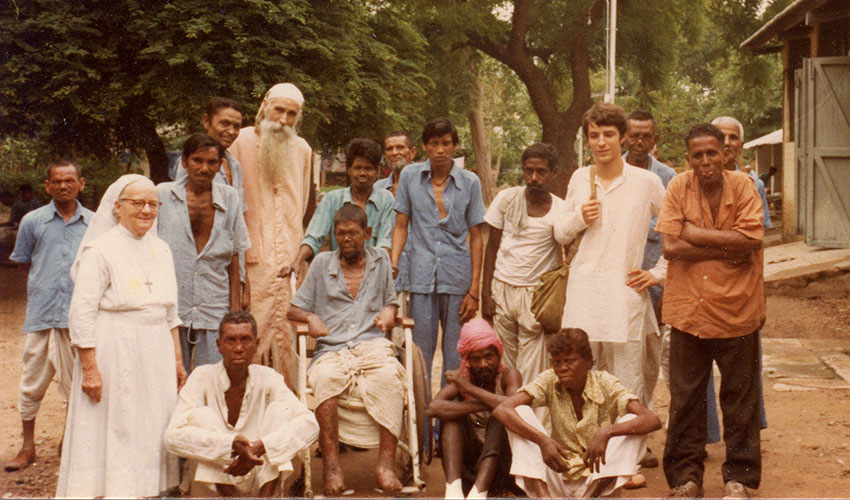
The Jesuit missionaries, grounded in an Ignatian ethos, wanted to bring everyone under the banner of the Cross. They travelled on horseback, in bullock carts, on cycle, on foot and later in jeeps and motorbikes. And wherever they went, they preached and taught in the local language, so that over the years, the entire corpus of the Catholic faith was available in Gujarati – the Bible, the Missal, the hymnal, the breviary, daily devotions, the Sacred Heart Messenger, the Spiritual Exercises. All thanks to the zeal of the missionaries and their mastery over the local language.
Pilgrims with the poor and the outcasts
The socially and economically marginalized community of central Gujarat was struck by a devastating famine around the year 1900. Relief of oil, corn flour and wheat grain through Catholic Relief Service (CRS) was the immediate response of the missionaries.
Their social efforts later consolidated in the
founding of the Kaira Social Service Society (KSSS) whose multiple social work
projects sustained the community through the thick and thin of poverty and
oppression. They knew no fear in challenging caste abuse through police
complaints. One of them even served a full term as an elected sarpanch (president) of a village.
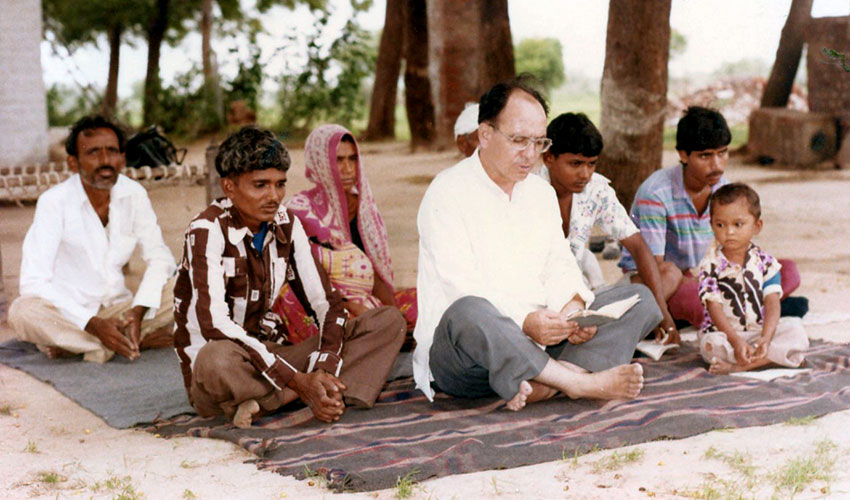
The Catholic cooperative credit society was a lay initiative supported by the missionaries. The establishment of primary schools in village after village, and of secondary schools in neighbouring towns, was their strategy for sustainability. Success in the central region of Gujarat led the missionaries to the tribal belt, where they opened one mission centre after another, with attached schools and boarding houses. Projects like “food for work,” cattle breeding, dairy farming, land levelling, all these were common features of their social work.
Craftsmen of the youth
Hostels for young students in every mission centre were the seedbed of youth formation. The textbooks for catechism and moral science helped to orient the youth. Technical schools and skill-based training enhanced the employability of young people. Such was their excellence that reputed companies booked the graduating students well in advance for employment in their firms.
The Jesuits also published books of reflective
essays in Gujarati and columns for the new generation in popular Gujarati
dailies; this attracted large Hindu and Jain youth.
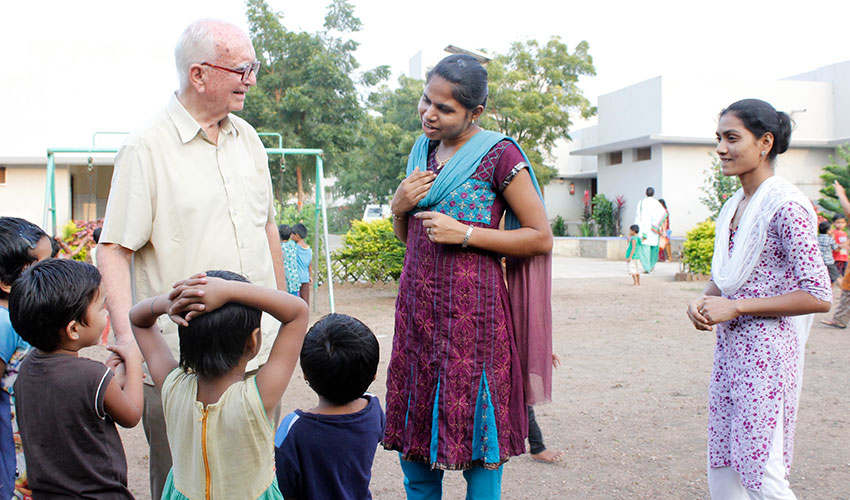
Ecologists incognito
The Spanish missionaries heard not of the modern-day environmental crisis nor about Laudato Si’. But the rows of giant “neem” trees (Azadirachta indica) guarding the premises of the old parishes of Gujarat bear a witness to their commitment to ecology, as did the sprawling farms managed by so many Jesuit brothers. They provided an education in organic farming and indigenous cultivation. The missionary life-style nourished the earth and all that it bore. There was a reverence for creation, a love for nature in all its diverse manifestations.
Conclusion
Through their evangelical witness and apostolic
dynamism, the Spanish Jesuit missionaries sowed seeds of the UAPs in Gujarat
even though they had not heard of them. Sir Isaac Newton once said, “If I have
seen further than anyone, it is because I have stood on the shoulders of
giants.” If the Jesuits in Gujarat today understand the script of the UAPs
better, it is thanks to the Spanish Jesuit missionaries and the alphabet they
taught!
